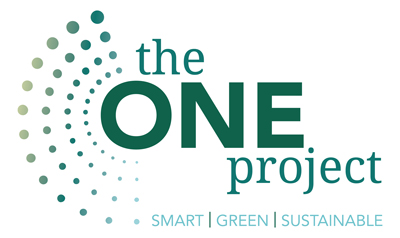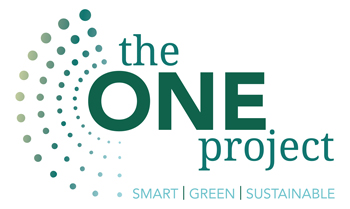Has the proposal been accepted? Congratulations! Now it is time to think and decide about working structures supporting your ONE approach and the goals to achieve with your project. Besides becoming ONE team with ONE mission, it is the moment to set up communication and management structures that will allow you to run a smooth and successful online collaboration.
CREATING A SHARED UNDERSTANDING
Create a shared understanding of the project, of how to work together and to communicate, agree on the expected content and results, on shared responsibilities, and on reporting rules and deadlines.
The ONE approach includes a project management guide as part of the partner agreement that helps define the basics for the collaboration while keeping an openness for adaptions to the needs and circumstances that might be necessary once the project starts.
The ONE approach may include a jointly written manifesto, where the project methodology is detailed: a need-based, participative, flexible and proactive general approach to agile project management.
For the sustainable aspect of the ONE approach, an environmental policy with inputs from all partners helps to ensure commitment and to advance impact on the partners’ organisations.
ONE Learning
We developed guidelines on how to work and communicate with each other in the project and stored them as a PDF. Looking back, a shared document in a wiki could have served better the needs of our agile project management approach.
How to succeed
Working with only ONE face-to-face meeting can be challenging for the project progress and bears potential for cultural misunderstandings amongst partners.
We suggest to consider the following aspects:
➜ Make time in meetings for getting to know each other and your ways of working.
➜ The pairing of partners compensates partly the lack of closeness that comes naturally with face-to-face meetings.
➜ In case of disagreements: Choose your words carefully and better ask than make hasty judgments to avoid misunderstandings.
TRANSPARENCY AND SHARED RESPONSIBILITY
For successful project management with the ONE approach, it is crucial to assign clear responsibilities and tasks to the project partners. This needs to be supported by a transparent and open communication structure that includes space for consolidating commitment, reflection and shared responsibility. Regular online meetings such as a one-hour monthly partner meeting (MPM) can help accomplish this.
ONE Learning
While the ONE monthly partner meetings provided structure and served well for updates, sharing information and short presentations, there was no space for more in-depth discussions and reflection, small talk and informal exchange. Other channels and tools are needed for these other communication levels.
THE ONE TOOL
Decide which is the ONE tool that serves your needs best (one tool with several functions such as Teams, or a combination of several tools). The ONE tool(s) should include functions for project management and collaboration (especially file repository, collaborative content creation, online meetings and brainstorming space). Evaluating different tools – including those that your partners already use – is a good starting point. It is crucial to agree on how to use the tool(s) and, if needed, identify one partner to be in charge of setting it up and maintaining it.
ONE Learning
When we decided on ONE tool, we were already in the project implementation phase. We evaluated different tools and finally chose one that was new to most partners. This is why it took a lot of time and energy to launch the tool. To diminish learning efforts, it might have been better to include tools that partners already or even use the tool that most partners use.
How to succeed
Consider that partners need time to get used to new tools and make sure the projects’ tools are chosen according to partners’ preferences and experiences.
➜ Choose a tool that can be integrated in partners’ regular workflows so it gets easier to actually use the tool.
➜ Help partners to see the advantages of using a new tool and train them.
➜ Ask them if they need help and use the possibility to meet quickly to easily solve arising issues.

